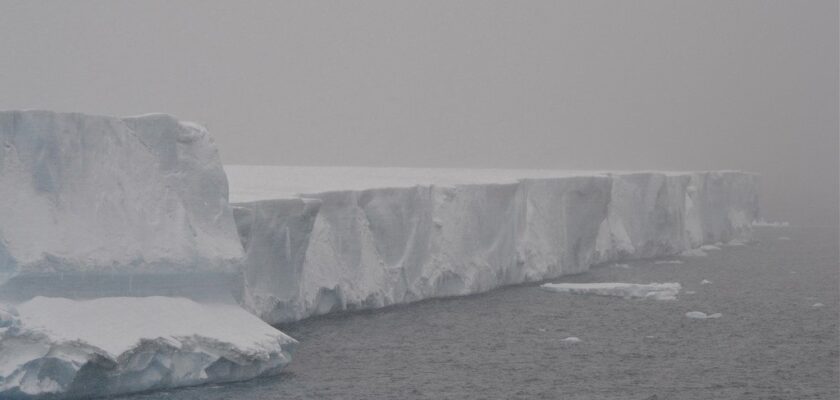Antarctic Ocean (Southern Ocean)
The Antarctic Ocean (or Southern Ocean) is the fourth largest ocean on Earth, surrounding Antarctica. It covers an area of 20,327,000 square kilometers (if one takes the northern boundary of the ocean to be 60 degrees south latitude). The greatest depth (South Sandwich Trough) is 7,235 meters.
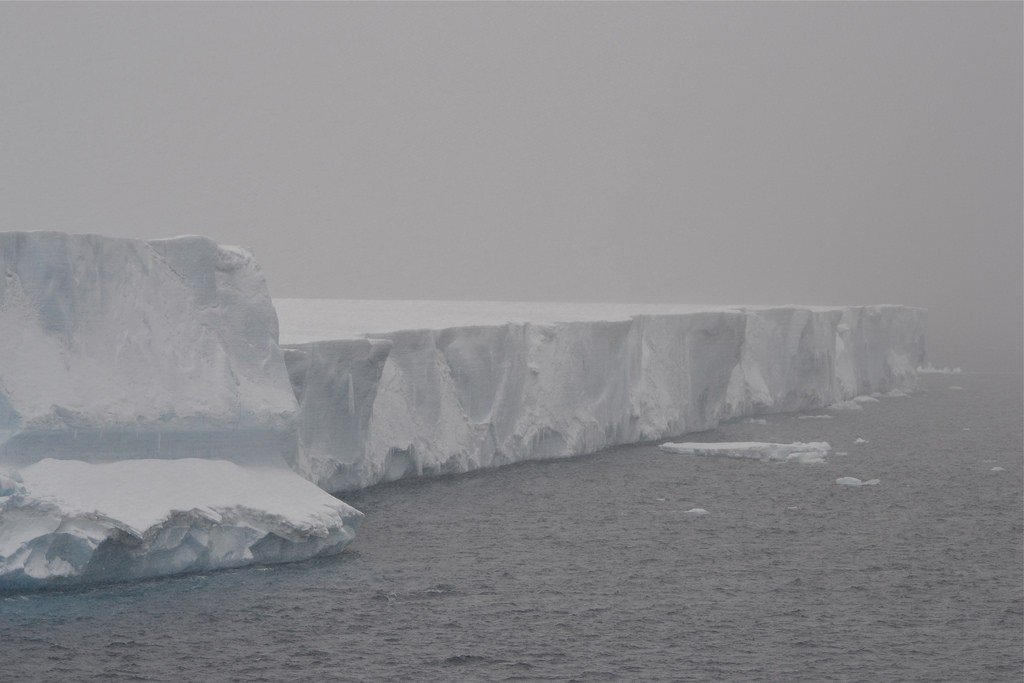
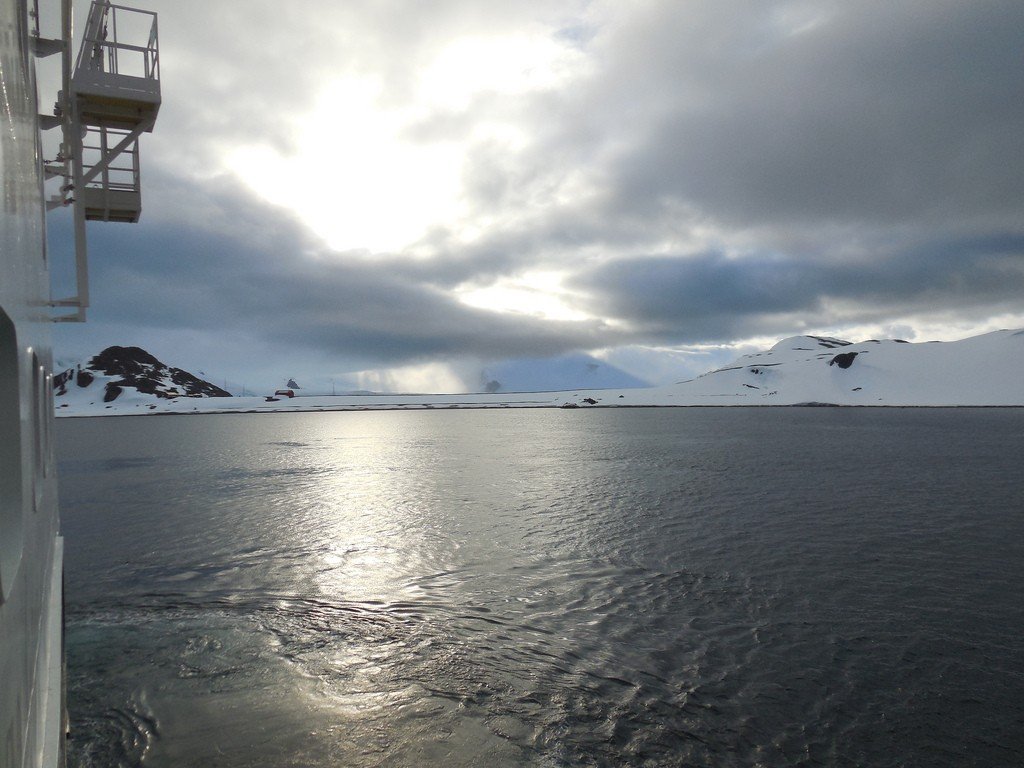
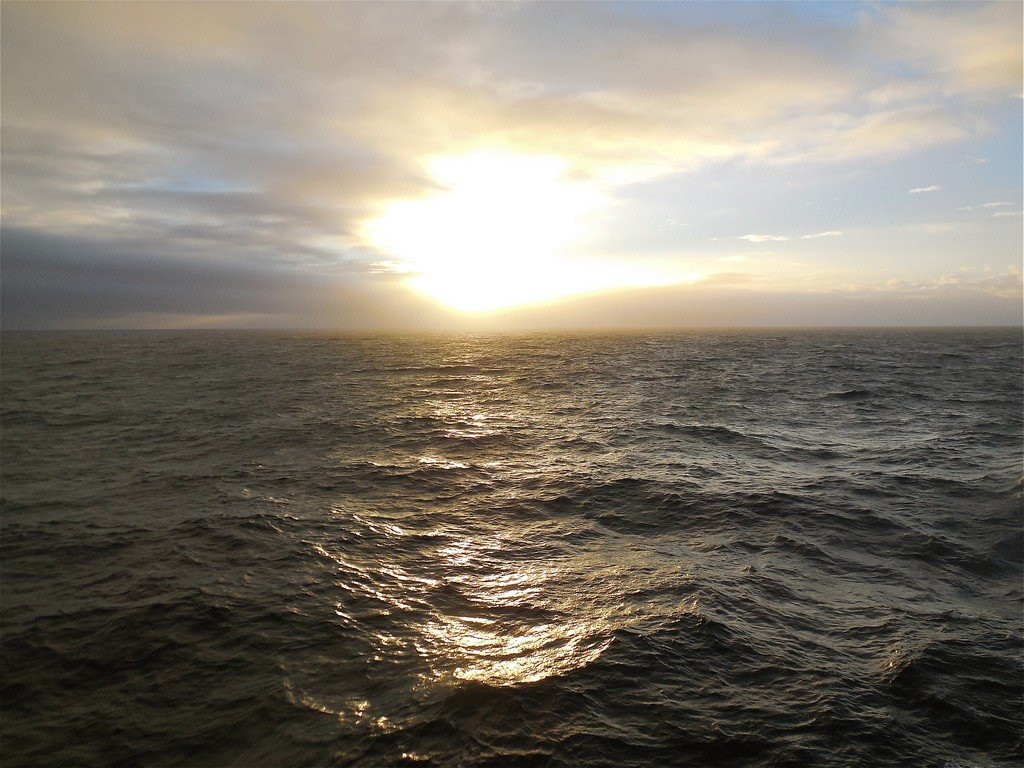
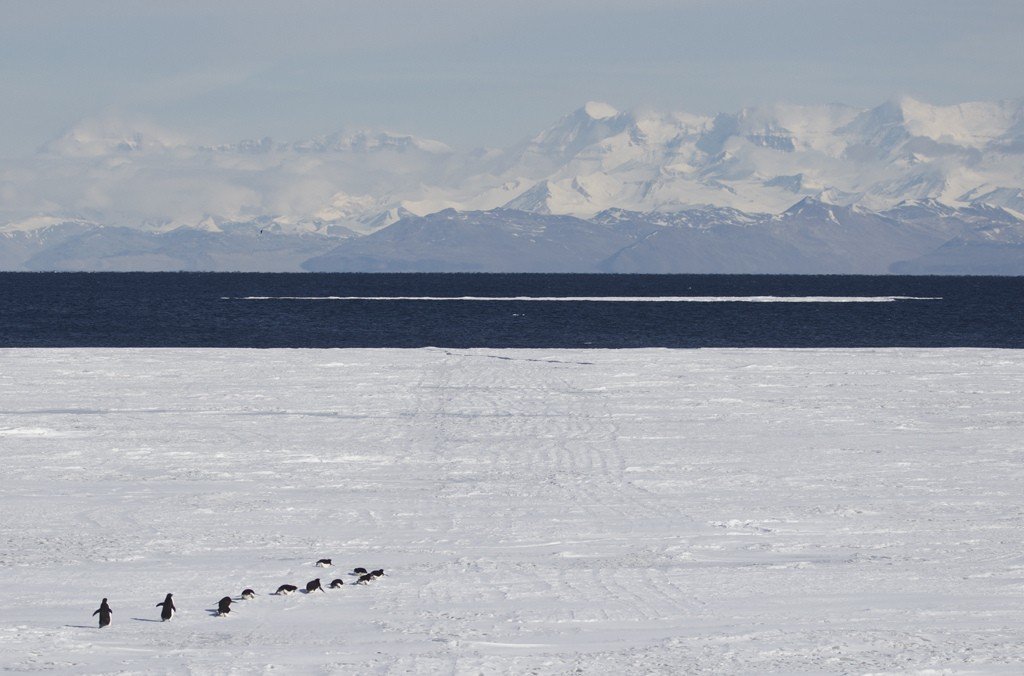
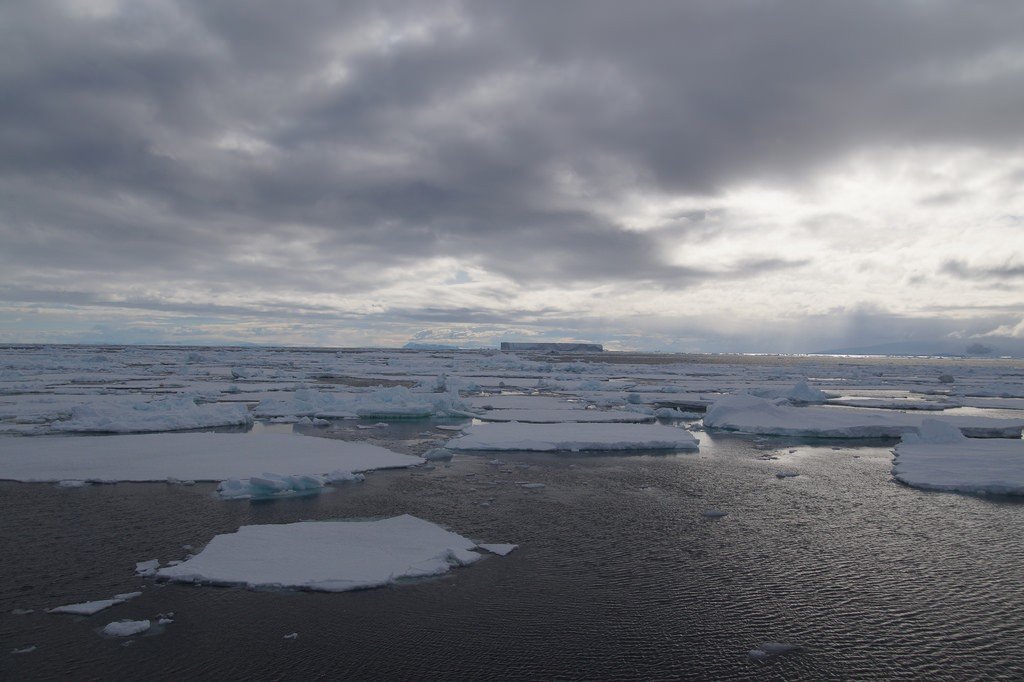
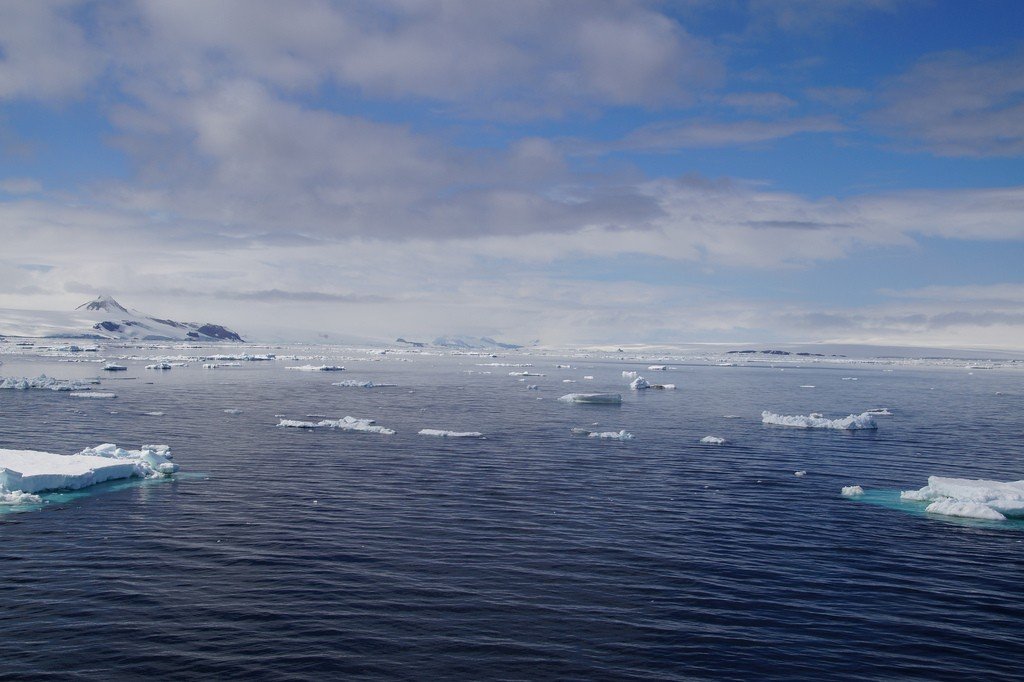
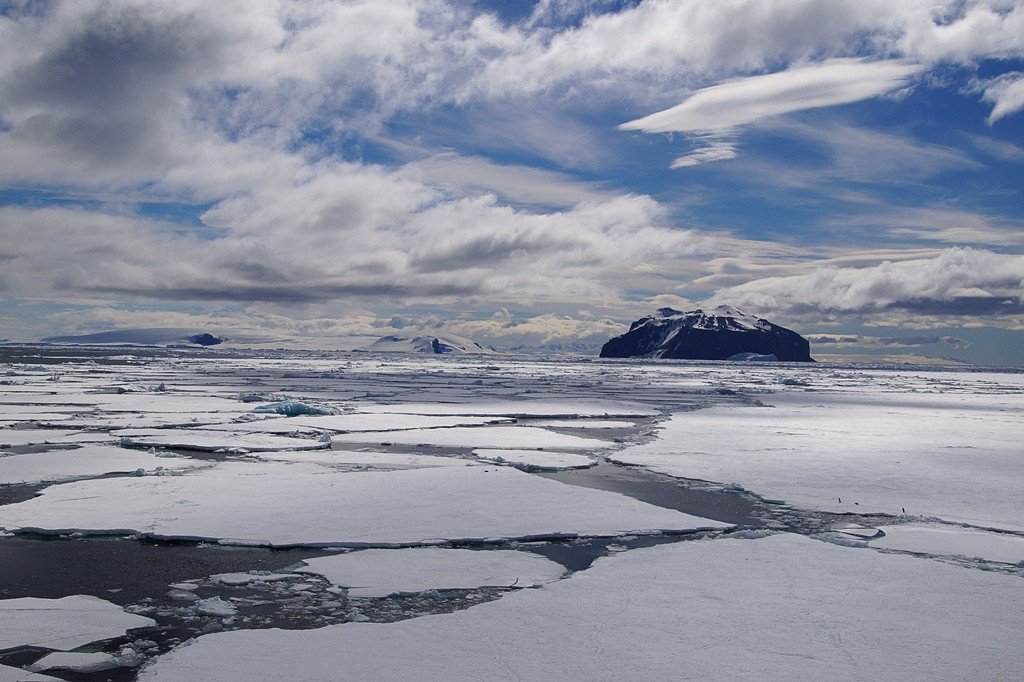
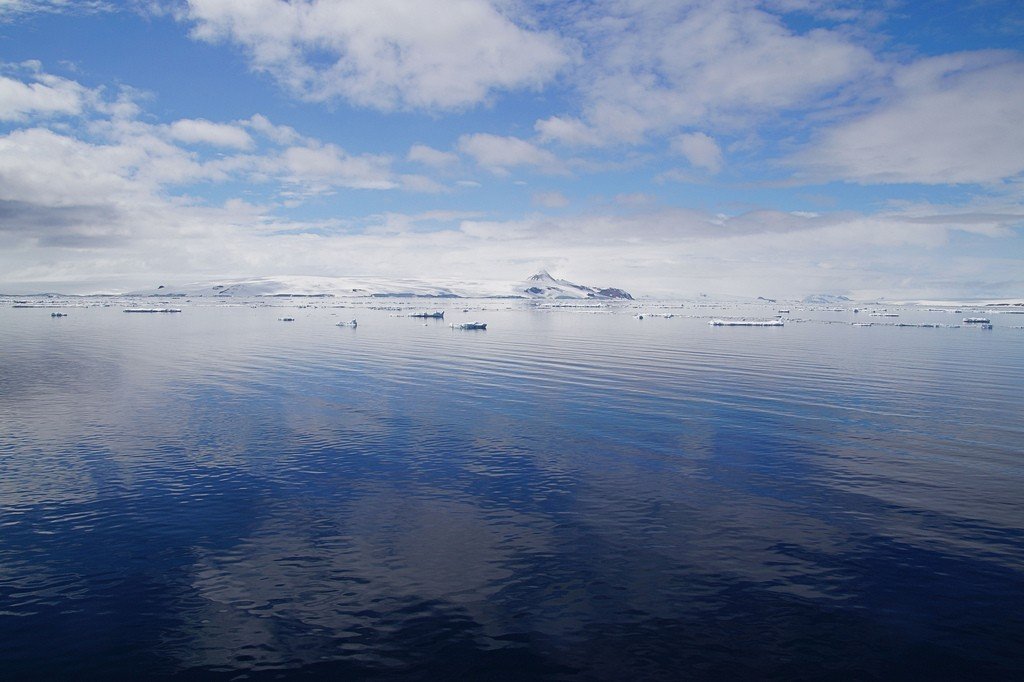
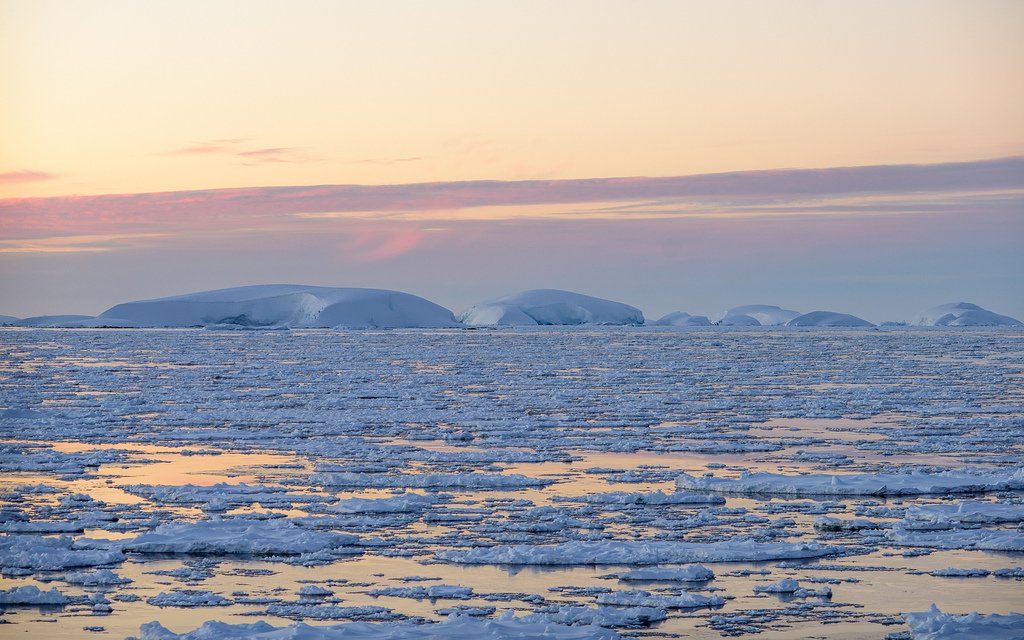
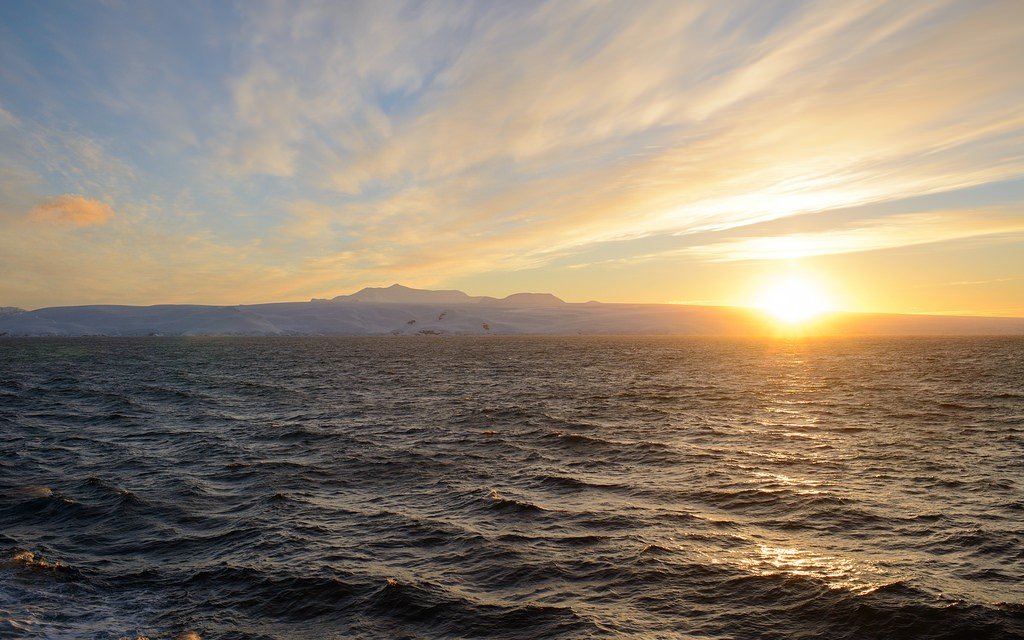
General Information
In 2000, the International Hydrographic Organization adopted a division into five oceans, separating the Southern Ocean from the Atlantic, Indian Ocean, and Pacific Ocean. In its southern part, the boundaries between the three oceans are very conventional, while at the same time the waters adjacent to Antarctica have their own specificity, and are united by the Antarctic Circumpolar Current.
.In the Soviet and Russian tradition, the approximate boundary of the Southern Ocean is considered to be the Antarctic Convergence Zone (the northern boundary of Antarctic surface waters). In other countries, the boundary is also blurred – the latitude south of Cape Horn, the boundary of floating ice, the Antarctic convention zone (the area south of the 60th parallel of southern latitude).
This term appeared repeatedly as early as the 18th century, when systematic exploration of the region began.
.Intensive cyclonic activity is developed over the Southern Ocean. Most cyclones move from the West to the East. The air temperature in January near the coast of Antarctica does not exceed 0 °С (-6 °С in the Weddell and Ross Seas), at 50° S. it increases to 7 °С in the Indian and Atlantic sectors and to 12 °С in the Pacific Ocean sector. In winter the contrasts are even greater: in the coastal zone the mean temperature decreases to -20 °С (in the Weddell and Ross Seas to -30 °С), and at 50°S it is 2-3 °С in the Atlantic and Indian sectors and 6-7 °С in the Pacific sector.
.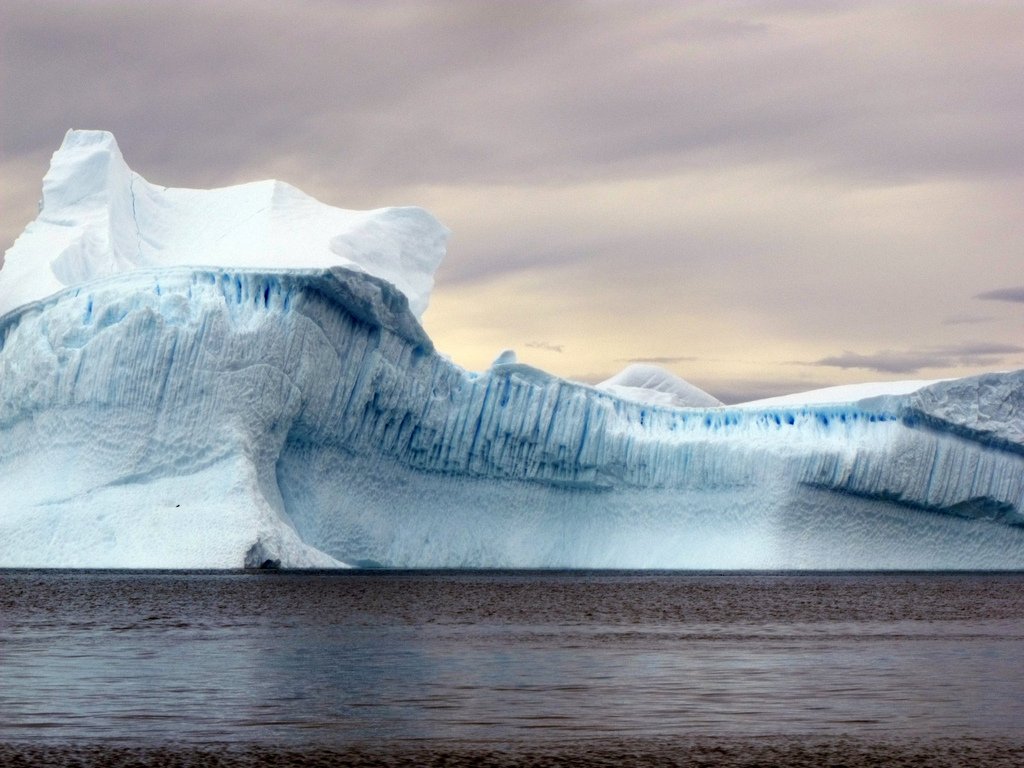
The main feature of the Southern Ocean is the West Winds Current, which spreads throughout the water column and carries it eastward. South of this current, the West Coastal Current forms. Cold and dense water masses from the shores of Antarctica flow along the ocean floor far to the North. The ice cover of the Southern Ocean is more developed in the Western Hemisphere and varies greatly by seasons: in September-October its area is 18-19 million km², and in January-February – only 2-3 million km². The average width of the drifting ice belt in November at 30°W is 2000 km, at 170°W. – 1500 km, at 90-150° E. – 250-550 km.
.Icebergs are constantly breaking away from the Antarctic ice sheet. At the same time in the Southern Ocean there are more than 200 thousand icebergs, their average length is 500 m, but there are giants up to 180 km long and several tens of kilometers wide. Icebergs are carried out to the North and can be found even at 35-40°S. They exist in the ocean for an average of 6 years each, but in some cases their age can exceed 12-15 years.
.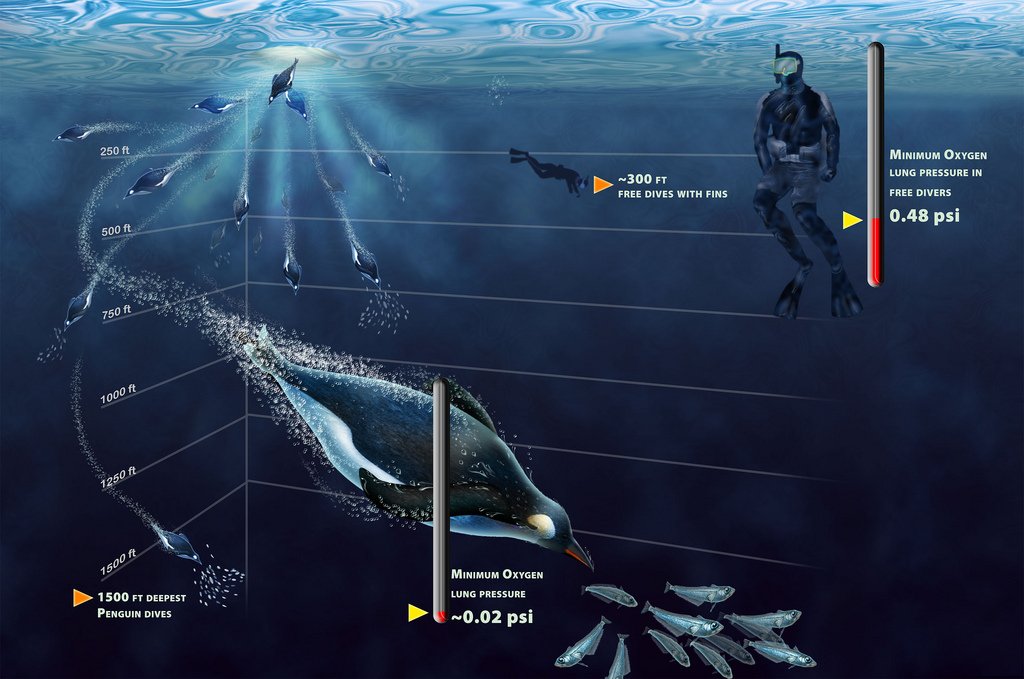
Despite its harsh climate, the Southern Ocean is rich with life. There are great masses of phyto- and zooplankton, krill, abundant sponges and echinoderms, several families of fish, especially notothenia. Among birds there are numerous petrels, skuas, penguins. There are many whales (blue whale, fin whale, sei whale, humpback whale, etc.) and seals (Weddell seal, crab-eating seal, sea leopard, harbor seal) in the ocean. Whaling is prohibited, but many krill and fish are harvested.
.